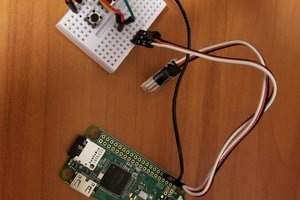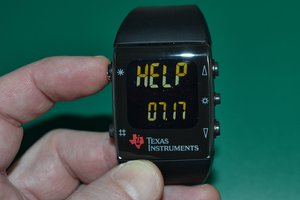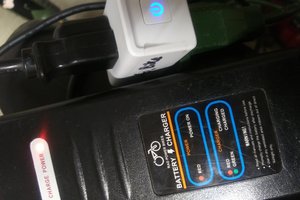So as I said this is mathew-hall's repo I cloned and edited. You can read on his page and in various licenses to see who all else was involved. I don't know really much about C so I just did whatever I had to to get this code to toggle GPIO0 on web click and to read DS18B20 and broadcast. Anything that Didn't look important I deleted entirely not just comments. So it's probably a mass, but I'm sorry idk what else to do. I have made no changes to the licenses though as idk anything about it.
ESP8266 Light Switch + Temp Logger
Title really says it all.


 Greasy Nichols
Greasy Nichols
 Sean
Sean
 ogdento
ogdento
 Randy Elwin
Randy Elwin
No, but I'm happy with it after comparing to dht11 readings They were so much more jittery